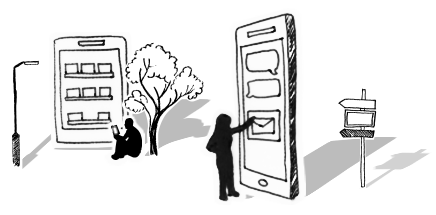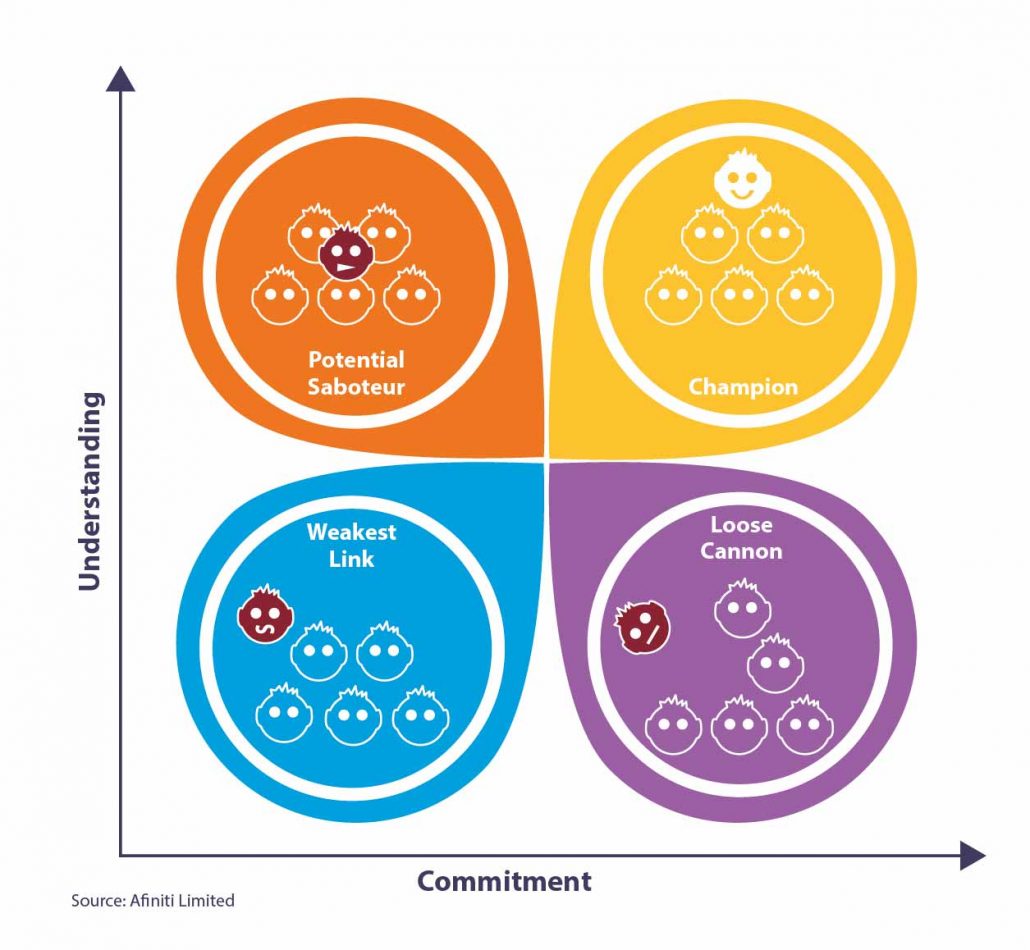




How Change Management Reduces Resistance to Change
Resistance to change must always be anticipated. Happily, change management ensures you are prepared when it happens.
Change management is all about securing people’s adoption of change. Following its structured approach will help to anticipate and mitigate resistance.
Readiness assessments
It’s important to plan early on for resistance, as it will appear in some form or another, you can bet on that. But it will differ by team and organisation. Understanding the audience and business gives you the best head start.
Scoping the big picture
In the initial phases it’s important to take a step back and see the big picture. Often, too much attention is placed on individuals or jumping straight into a training needs analysis or communications plan.

Stakeholder analysis of key groups will focus your energy on the right people.
An impact assessment can show the following:
- What teams will be affected
- When the change will affect different teams
- How much of a behaviour change is required from the current way of working
An impact assessment and change readiness assessment should focus on identifying groups and rating these. The key tip is: Don’t try and do everything at once and stick to the broad view!
From this you can go on to outline anticipated points of resistance and tactics to manage them. You’ll be aware of what form that resistance will likely take and where it will come from.
The resistance plan
This is one of your plans that sits alongside the communications, training and sponsor roadmaps and can include the following:
- Measurements for a real problem – What are your indicators of serious resistance?
- Lines to take – Your communications plan and toolkit relates closely to your resistance plan
- The team – How the change management team understands its role.
During change – processes and tools
People resist change because they cannot see a clear benefit and are unsure of how to work in the new way. Change management deploys communication and training for this very reason.
Delivering high impact branded communications will help to inform and educate people on why the change is happening and where the benefits might lie for their team. A flexible learning portal can be tailored for different teams, giving any-time access to knowledge.
Engagement
Change management emphasises two way engagement and employee feedback, with managers and leaders understanding their role in interpreting the feedback and producing communications outputs. The change management team needs to identify, understand and help other managers and change champions manage resistance throughout the organisation.
Post project – benefits realisation
Ongoing resistance management
Benefits realisation, with a people focus, looks at how the adoption has really worked. Are people using the tools and processes as expected – or are they figuring out work arounds, or worse, finding alternatives? Change management process keeps you focused on people adoption as part of its benefits realisation phase where continued monitoring is used.
Change management activities sit alongside every step of a project. This dedicated people focus at every stage allows you to plan for, and manage, resistance to change.
To get the latest change tips, advice and guidance directly to your inbox, sign up to our monthly Business Change Digest.
